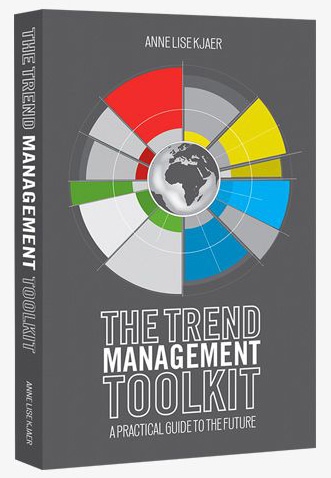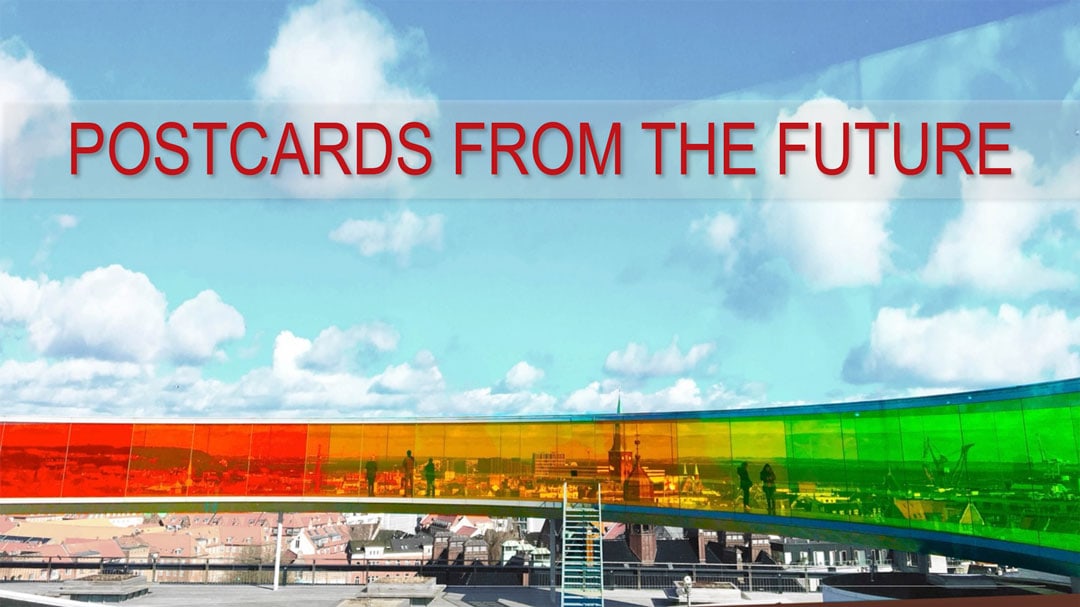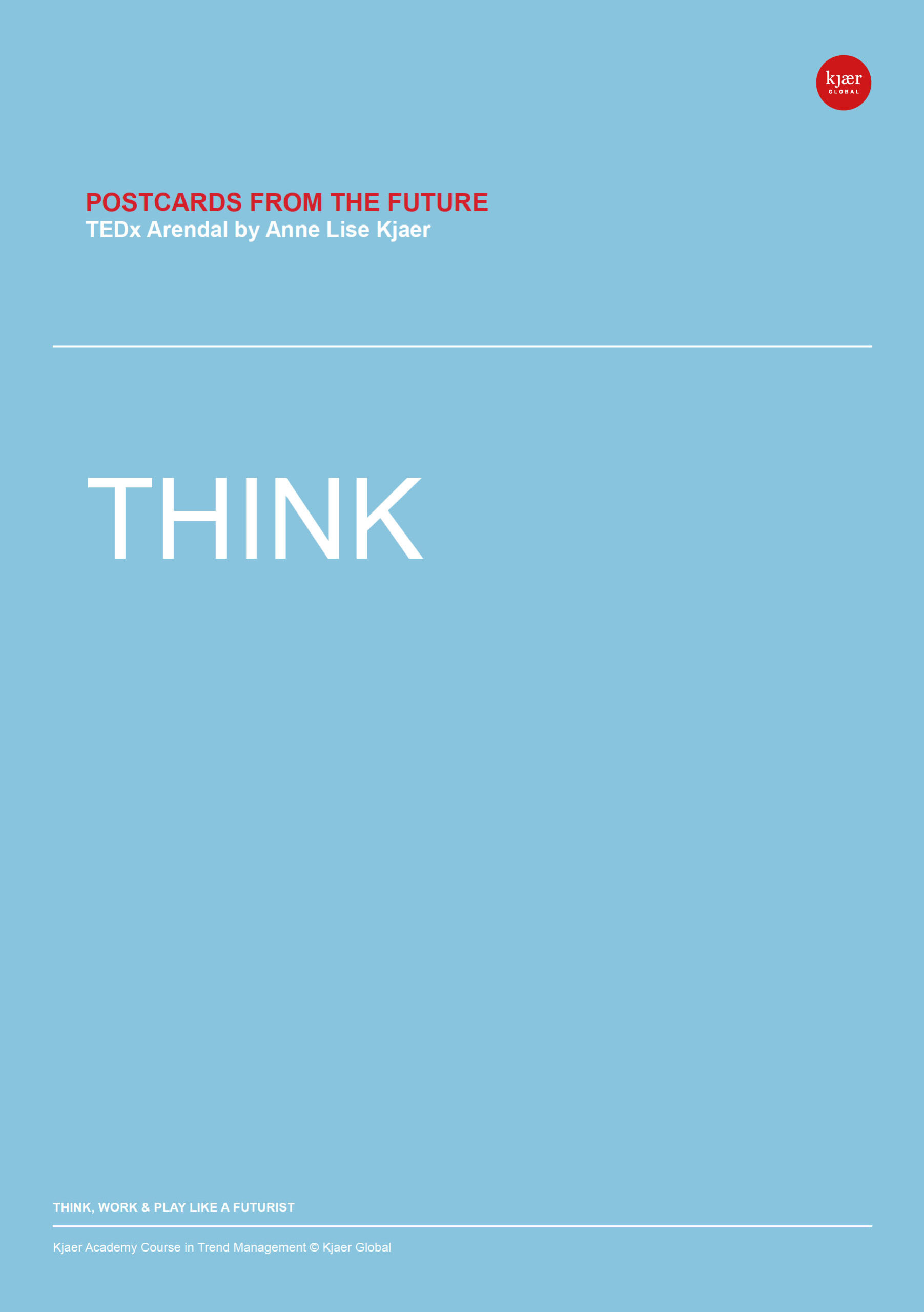LESSON 01
For your first lesson, we highlight the importance of taking time out to think and why it is key to creativity, innovation and the future of leadership.
Topics
- Time to think
- Corporate culture and busy as the hallmarks of success
- Leaders who take time out to think
- Why you need time to reflect
- Making timely decisions today about tomorrow
Course Progress
The value of reflection
Trend management is essential to engage with change, and fundamental to the process of shifting from a mindset of short-term thinking to long-term rewards. This is quite a leap, as it requires us to challenge the status quo. In particular, we must question the focus on delivering goals within a short time frame that we see affecting leadership in business and society as well as individuals and their lifestyle choices.
Traditional corporate culture tends to focus on operations and projected growth, in short-term cycles – at the risk of losing out on the opportunities (and averting the possible threats) that become apparent when we step back and look at the ‘bigger picture’ in a long-term frame.
For too long, ‘busy’ has been a hallmark of success, measured in constant frenetic activity. The sink or swim mentality has dictated how we consider ourselves in the working environment and we have developed a clear bias for ‘doing’ over ‘thinking’. But being busy is easy – there will always be another meeting to attend, another problem to solve or another email to write. Taking the necessary time out to think is harder to justify, even though it is an essential strategic investment.
Some of the most successful leaders in the world have practised the art of time to think for a long time. Bill Gates [Inside Bill’s Brain], for example, would famously take a week off twice a year to spend in a secret waterfront cottage – to think and reflect on Microsoft and its future without any distraction. Similarly, Warren Buffett [Becoming Warren Buffett] has stated that he insists on: “a lot of time being spent, almost every day, to just sit and think”. In fact, by his own estimate, he has spent about 80% of his career engaged in reading and thinking.
LISTEN
THINK 01 The value of time to reflect (audio 5:25)
“Follow effective action with quiet
reflection. From the quiet reflection,
will come even more effective action”
Peter Drucker – American management consultant and author

Follow effective action with quiet reflection – Photo: Kjaer Global, Iceland 2008
Why you need time out to think
Critical thinking time is essential in a complex, rapidly changing world and economy. If fear of the market, the opposition, the balance sheet, rules your organisation’s everyday agenda, then it is even more crucial to take a step back and prioritise this critical time to think. This is an investment in the future of your brand, products and services; BUT, more importantly, it is an in investment in yourself as a balanced human being and a purpose-driven leader.
Similarly, if your output and your innovation capacity is drying up in the face of eternal firefighting and you only have the opportunity to consider things through the prism of the next set of targets, then it’s definitely time to step away from the office and your daily routine to regain the broader perspective and rekindle the passion for what you do.
Most people can tell you about the WHAT and the HOW of their job, but when it comes to the WHY? it is often much harder. Ultimately, this comes down to answering the question: “why do I get up in the morning to go to work?”
Making timely decisions
Time to think has always been a core proposition in my work as a futurist and the founder of Kjaer Global. It is what informs the trend management process because it’s a proactive way to make the most of your ‘time out’.
Finally, consider for a moment the words of Abraham Lincoln, who said: “Give me six hours to chop down a tree and I will spend the first four sharpening the axe”. This quote highlights the critical relationship between the accomplishment of a strategy and careful consideration and planning. Or, as Peter Drucker said: “Follow effective action with quiet reflection. From the quiet reflection, will come even more effective action”.

“Give me six hours to chop down a
tree and I will spend the first four
sharpening the axe”
Abraham Lincoln
Thinking consciously about today’s challenges helps you to make better decisions about tomorrow. Not only does it strengthen your capacity for creative leadership and innovative business models, it also gives you space to anticipate and act on future needs and lifestyle preferences. Taking time to think is essential to cultivating the mindset of a futurist.

This visual aid can help you focus your mind and breathing
EXERCISE: Mindful reflection
• BREATHE IN… BREATHE OUT…. for a few moments
• EMPTY your mind and digest this lesson – close your eyes if it’s helpful
• FOCUS on key messages you’ll like to take away from this lesson
• REFLECT on what comes to mind; personal issues, business challenges or ideas
• REFRAME challenges or ideas; visualise the first step towards making changes
• IMAGINE your role as an active changemaker
PRACTICE
Join Anne Lise and start practising. Remember that practising is personal – make it a habit and make it your own. Enjoy!
ASSIGNMENT: Start your futurist journey today
Take time to think every day. Keep a diary or simply use ‘Notes’ on your phone to jot down things you find interesting: new ideas, something you’ve read, positive news or challenges you picked up on. Perhaps you’ve already started spotting your first trend?
Allocate 5-30 mins daily – you can find inspiration here
THE CURIOUS LEARNER: Leonardo da Vinci’s notebook is really fascinating – you can scroll through it here
WATCH
TEDx Arendal Norway. An inspirational talk on how Anne Lise’s futurist journey started.
BONUS READ: Anne Lise’s thoughts on ‘Taking time out to think and act’
Why do I think it is so important to take time out to think and visioning? Well, in order to influence markets and connect with your audiences, you need ‘big dreams’ because these are what will win you loyalty and market share. As Walt Disney pointed out: “If you can dream it, you can do it.”
However, when looking at today’s corporate culture, there is still a long way to go for the majority. Most thinking revolves around calculating risk and projecting profit. In my early years in the forecasting industry, an artist friend pointed out that thinking is often not really valued in our society because, as he put it: “Thinking is seen as non-productive – people want tangible output that can be measured and turned into a sale.” When we contrast this attitude to the reverence we feel for the great philosophers and scientific thinkers of history, it seems a surprisingly short-sighted approach because these are the people who have profoundly influenced and directed the cultures and truths we live by today. Continue to read… pdf
ARTICLE: The business case for curiosity
Research shows that it leads to higher-performing, more-adaptable firms. Most of the breakthrough discoveries and remarkable inventions throughout history, from flints for starting a fire to self-driving cars, have something in common: They are the result of curiosity. Continue to read… pdf
TEST YOUR KNOWLEDGE: The importance of Time to Think

In the next lesson…
We discuss the mindset of a futurist and the benefits of planning for the future.





